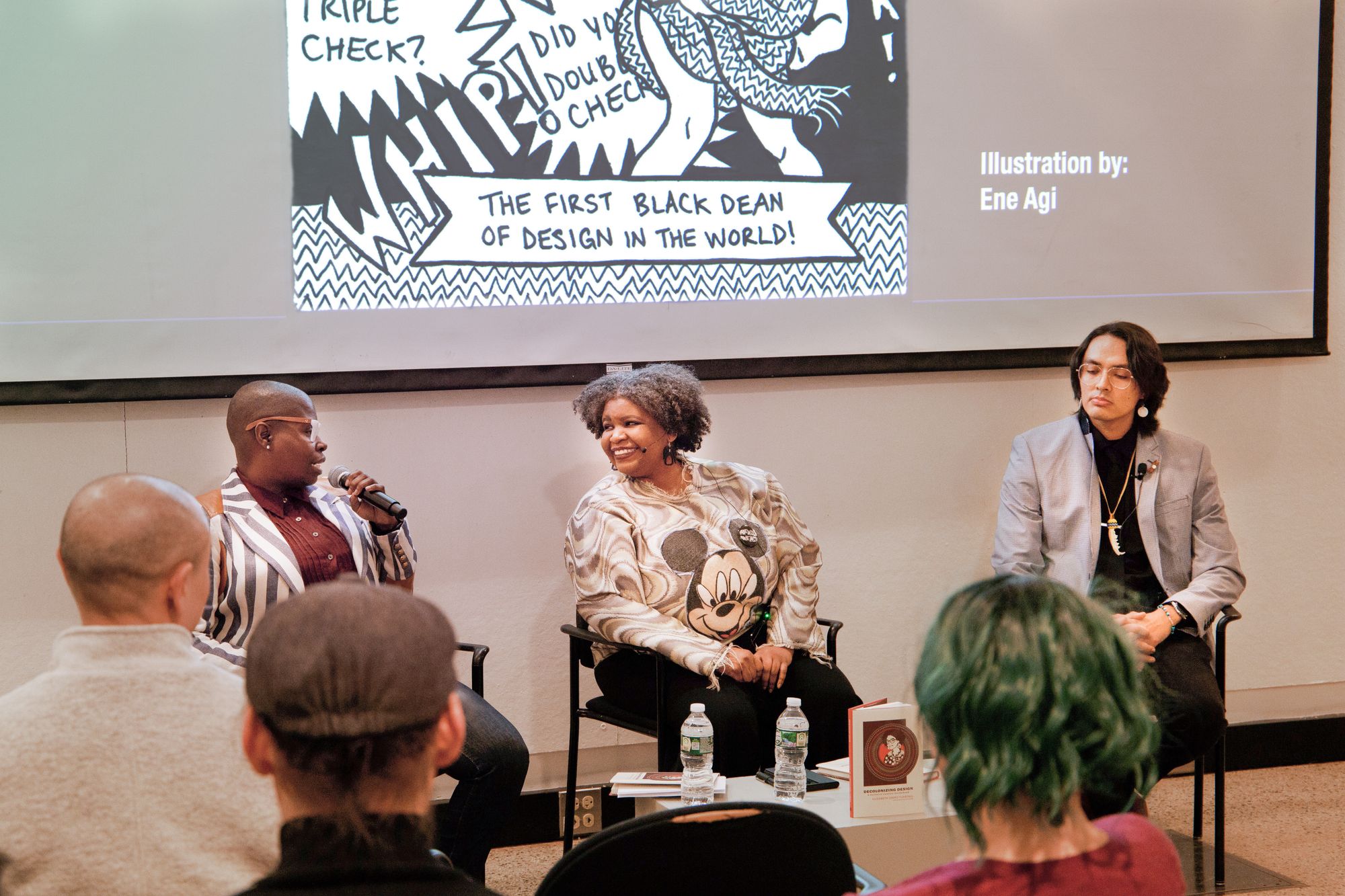Architect/Urban Planner Uses Technology to Improve Life in Informal Settlements
Design Fellows
MIT MAD Fellow Surbhi Agrawal uses ‘meaningful’ connectivity to improve the quality of life in India’s underserved communities and sensor technologies to benefit the people living in Nairobi informal settlements, not those who study them.
By Denise Brehm
Aug 31, 2023
Bridging the digital divide that separates those who have internet connectivity from those who don’t isn’t simply about providing affordable internet availability. “True connectivity,” says Surbhi Agrawal, 2022 MIT Morningside Academy for Design Fellow, “is having the ability to use the internet meaningfully for access to socioeconomic opportunities, and a better quality of life.”
As a research assistant in MIT’s Senseable City Lab and the MIT Civic Data Design Lab (CDDL), the young architect and planner worked with underserved communities in some of the most economically challenged areas of the world to help people achieve digital equity, while she earned the Master in City Planning from MIT’s Department of Urban Studies and Planning in 2023.
Much of her work was in informal settlements in Mumbai, Kolkata and Delhi, India, where she worked with civil society organizations on programs that trained people to use the internet to their socioeconomic advantage rather than solely for access to social media and search engines. (The Indian government and telecom providers have invested widely in creation of cellular phone networks to provide internet access for all.) Agrawal worked with organizations that are helping people acquire education, create and obtain jobs, use Google mapping technology to create electronic addresses in places where street addresses are nonexistent, and gain the sense of personal dignity that comes with these acquisitions.
“I think a lot of times the discussion about internet connectivity is about infrastructure or affordability,” Agrawal says. “And in these cities in India, the question of connectivity and accessibility has been solved to a large extent. Even people in informal settlements that are highly marginalized and don't have robust access to all sorts of formal infrastructure now have at least access to the internet in almost every household.
These questions became the subject of her master’s degree work, influenced by the Design Justice Framework she learned during her time at MIT.
In one city, the Digital Empowerment Foundation held literacy camps and computer classes, teaching adults how to use their phones to fill out government forms, get government subsidies, open bank accounts and create identity documents. In another city, Agrawal collaborated with the Addressing the Unaddressed and Shelter Associates, NGOs using Google's plus-code mapping technology to convert geophysical mapping locations into class code-based electronic addresses, which makes it possible for people to provide their near-precise location within the settlements to help establish and expand a business, for example.
As a project management research assistant in CDDL, Agrawal worked with The Living Data Hubs project (LDH) in Kibera, a Nairobi neighborhood that is home to about 250,000 people and is known as one of the world’s largest slums. Residents in the 13 villages within Kibera struggle to obtain basic critical infrastructure and services, including water, waste management, electricity and WiFi.
Unlike the work in India, the Kenyan project required the residents and local community organizations to co-create a network of wireless data hubs and design how they would connect to indoor and outdoor routers at each site to create a WiFi mesh network for the community. LDH provides the solar panels to power the devices, teaches users how to install simple sensor devices, and includes the community in the decision-making each step along the way. LDH also provides training for residents at each site to manage the data and equipment.
This is especially important because, according to the LDH website — designed by Agrawal —thousands of studies reference Kibera, but the “data has generally been collected about residents, rather than with/for them.” LDH wants to give the community the means of collecting sensor data and using it “for advocacy and collective action toward improving their quality of life,” Agrawal says. (The LDH project is a collaboration between MIT’s Civic Data Design Lab, the Kounkuey Design Initiative, and TunapandaNET.)

Surbhi Agrawal, working in Nairobi, Kenya.
Image: courtesy of Surbhi Agrawal
This problem of data collection over which residents have no control is common around the world.
During the pandemic, Agrawal worked as a project manager for the Responsible Sensing Lab at the City of Amsterdam, developing accountable technology solutions for urban challenges, such as privacy-proof sensing devices for crowd management, and privacy shutters for urban surveillance cameras. She used this experience to curate an interactive traveling exhibition, designed to contribute to public awareness of privacy and data rights. The Senses of Amsterdam was a collaboration among the Amsterdam Institute for Advanced Metropolitan Solutions, the City of Amsterdam, and the NEMO Science Museum.

The Senses of Amsterdam exhibition.
Photo: DigiDaan
After coming to MIT, the MAD Fellowship made it possible for Agrawal to expand her knowledge gained from the LDH project by engaging with the Indian context, while immersing herself in the MAD community of design and research. It also led to additional opportunities within MIT, such as working with MITdesignX as a TA over the summer.
She credits MAD guest speaker Patrick Whitney, professor in residence at the Harvard T.H. Chan School of Public Health, with introducing her to the Design Thinking Framework, a widely used design model consisting of four principles that help bring a problem into focus and solve it with the end user in mind. These are often stated as: clarify, ideate, develop and implement.
A similar framework played an integral role this summer at the two-week MITdesignX — MIT Hong Kong Innovation Node workshop, where Agrawal, as a teaching assistant, “encouraged the teams to clearly understand what problem they were trying to solve, what needs they wanted to address and for whom,” she says. The three problem statements put forward by MTR, the Hong Kong mass transit company who sponsored the workshop, dealt with transportation logistics, property dynamics and capital projects.

Image: courtesy of Surbhi Agrawal and MITdesignX
MITdesignX, a part of the MIT MAD interdisciplinary hub, creates and fast-tracks innovative products and ideas that address critical challenges in our built and natural worlds.
“Some key takeaways for me were the root-cause analysis where you really try to [understand] what is causing the problem … and at what level you would like to address it. I think this really opens a new way of dealing with the problem and creates space for innovative thinking.”
Agrawal’s next step is working as a data analyst engaging with the GIS and urban technology efforts at the Boston office of Sasaki, an international, interdisciplinary design firm. The post combines and applies the tools in Agrawal’s skill set: architecture; urban planning; and now sensor technology, big data and its utilization for planning and organizational decision-making.
“I’m so very excited about it,” she says. “It'll be interesting to bring this new lens of technology and data thinking to my older world of architectural design and planning.”
Related News
Related Events

Design for Society

DRS2024 BOSTON

